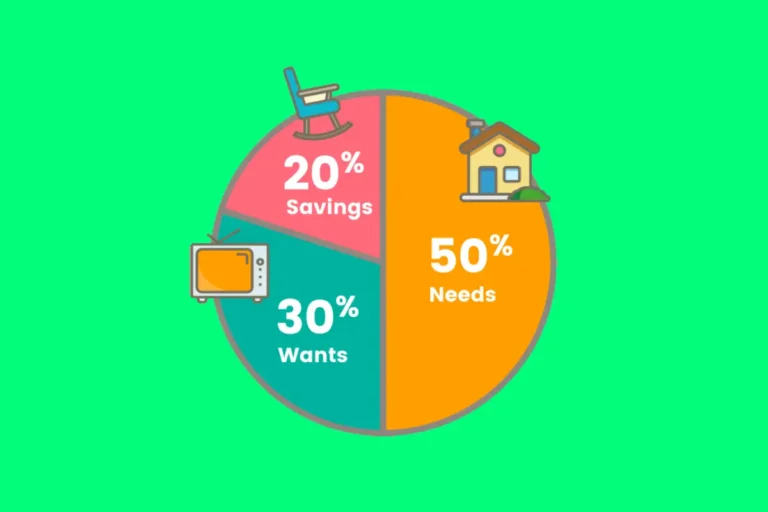When it comes to valuing a business or investment opportunity, one of the most common methods is discounted cash flow (DCF) analysis. DCF analysis involves estimating the future cash flows of an investment and discounting them back to their present value using a discount rate. However, there are different types of cash flows that can be used in a DCF analysis, including free cash flow (FCF) and unlevered free cash flow (UFCF). Let’s understand what unlevered free cash flow is, why it’s used in DCF analysis, and how it differs from other types of cash flows.
Table of Contents
Why does DCF use unlevered FCF?
DCF analysis aims to estimate the intrinsic value of a company or investment by discounting its future cash flows. To do this, we need to use a discount rate that reflects the risk of the investment. However, the discount rate should only reflect the risk of the underlying assets and operations, not the financing choices of the company. This is where unlevered free cash flow comes in.
Unlevered free cash flow is the cash generated by a business before taking into account the effects of debt and taxes. It represents the cash flow available to all providers of capital, including debt and equity holders, without considering any financing decisions made by the company. This is why unlevered free cash flow is used in DCF analysis – it reflects the underlying cash generating capabilities of a company, independent of its financing choices.
What is the difference between FCF and unlevered FCF?
Free cash flow (FCF) is the cash generated by a business after accounting for capital expenditures (CAPEX) and changes in working capital. It represents the cash that’s available to distribute to providers of capital after reinvesting in the business. Unlevered free cash flow (UFCF), on the other hand, is FCF before considering the effects of debt and taxes.
The difference between FCF and UFCF is the impact of financing decisions. FCF reflects the cash available to providers of capital after reinvesting in the business and considering financing decisions, such as taking on debt or paying dividends. UFCF, on the other hand, reflects the cash available to all providers of capital before considering any financing decisions made by the company.
Is levered or unlevered DCF more accurate?
When valuing a company or investment using DCF analysis, you can use either levered or unlevered free cash flow. Levered free cash flow (LFCF) is the cash flow available to equity holders after accounting for debt and interest payments. LFCF represents the cash flow available to equity holders after considering the financing choices made by the company.
While LFCF may be more relevant for equity holders, unlevered free cash flow is generally considered more accurate for DCF analysis. This is because unlevered free cash flow reflects the underlying cash generating capabilities of a company, independent of its financing choices. By using UFCF in DCF analysis, we can estimate the intrinsic value of a company based on its core operations and assets, without being impacted by its financing choices.
Does WACC use unlevered cash flows?
Weighted average cost of capital (WACC) is a common discount rate used in DCF analysis. WACC is the weighted average of the cost of debt and equity, with weights reflecting the proportion of each in the company’s capital structure. When calculating WACC, we use the cost of equity for unlevered companies because we’re trying to reflect the risk of the underlying assets and operations, independent of the financing choices made by the company.
However, the cash flows used in WACC calculations depend on the specific context. If we’re calculating the WACC of a levered firm, we would use the firm’s cash flows after debt payments, which are the levered cash flows. In contrast, if we’re calculating the WACC of an unlevered firm, we would use the unlevered cash flows.
Why do you use FCF in a DCF instead of EBITDA?
EBITDA is often used as a proxy for cash flow in valuation models, but it has a critical flaw: it ignores the effects of capital expenditures, working capital requirements, and taxes. By contrast, FCF takes these factors into account and represents the cash flow available to investors after all the necessary investments have been made to sustain the business. Because of this, FCF is a more accurate measure of the cash flow available to investors and is, therefore, used in DCF models.

Conclusion
Unlevered free cash flow is a critical financial metric used in valuation models, such as the discounted cash flow model. It represents the cash flow generated by a business that is available to all investors, regardless of the capital structure. The main advantage of using unlevered FCF over other cash flow metrics, such as EBITDA, is that it takes into account the necessary investments in the business to sustain growth, making it a more accurate representation of the cash flow available to investors. While levered DCF models have their uses, unlevered DCF models are generally more appropriate for valuing businesses. I hope you’ve got a complete knowledge from this post.









